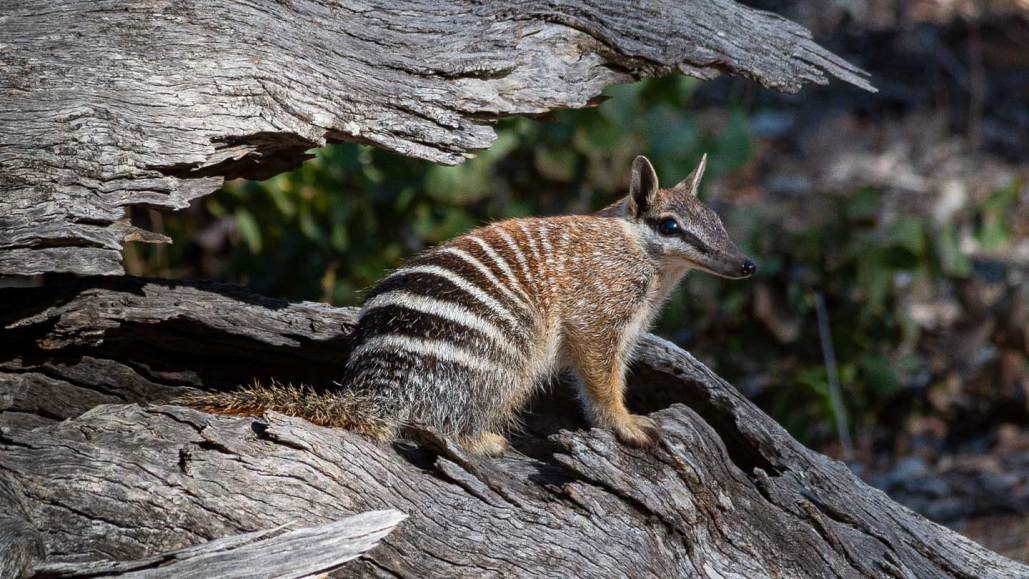The Vulnerability of Numbats to Climate Change: Their Unique Ability to Hold Heat

Numbats are unique, being the only marsupials that are active only during the day, at which time they dig in the soil and decaying wood for termites. These creatures, about the size of squirrels, have adapted to store body heat. However, this survival mechanism may pose a risk to them as global temperatures increase, a new study suggests.
Researchers have found that on days with temperatures over 23° Celsius (73° Fahrenheit), even brief exposure to sun significantly limits the foraging time for these Australian marsupials. The study, published in the Journal of Experimental Biology on January 11, reveals that numbats could quickly overheat in the sun, even at moderated temperatures.
Christine Cooper, an environmental physiologist at Curtin University in Perth, Australia, explains that climate change is making the habitat of numbats hotter and drier and is causing more intense heat-wave events. Cooper and her colleague Philip Withers at the University of Western Australia wanted to research how these higher temperatures might affect the animals and the possible implications for their future conservation efforts.
Once found across large parts of southern Australia, numbats (Myrmecobius fasciatus) are now only found in small populations in the western region of the country. Their numbers have dwindled due to habitat loss and introduced predators like cats and red foxes. The International Union for Conservation of Nature now consider this marsupial endangered.
Adding climate change to these challenges means that numbats are increasingly at risk. They feed exclusively on termites, and can only do so during daytime when these insects are active. Cooper explains that termites provide a low-calorie diet, meaning that numbats need to gather as much heat as possible to save energy for cooler periods.
The researchers conducted a detailed study of how numbats' bodies heat up in different environments. They used a thermal imaging camera to record the surface temperature of numbats in two nature reserves near Perth. Over 2020 and 2021, they recorded sightings of numbats 50 times, 62% of which were in the sun. These recordings showed that some parts of a numbat's body can heat up to 35° C or above, indicating that the animals heat up quickly in the sun.
The team extrapolated this data to calculate how quickly a numbat might heat up. Cooper explains that when temperatures exceed 23⁰ C, numbats might only be able to tolerate the sun for about 10 minutes before their body temperature reaches 40⁰ C - the highest ever recorded for an active numbat.
Shade does not completely solve the problem. The team found that only about 18% of the heat absorbed by numbats comes directly from the sun. Hot air and heat radiating from the ground also contribute to heating the animals. In extreme heat, even shade might become too hot for numbats to function properly and hunt for termites. It is not yet clear to what extent these animals can adapt to rising temperatures.
Despite these challenges, numbats could possibly adjust their forage timings earlier and later in the day. However, according to Cooper, if temperatures reach extreme levels, numbats may not have enough daylight hours to forage, and it is unlikely they would survive if they have to forage at night. As night falls, termites go deeper underground and become inaccessible, and numbats face more risks from predators.
The crucial next step in research is to understand how a decrease in termite hunting due to extreme heat can affect the survival or reproduction of numbats, says Eric Riddell, a global change biologist at the University of North Carolina at Chapel Hill. This can help to establish clear links between how much heat the animal can tolerate and its ability to survive.




